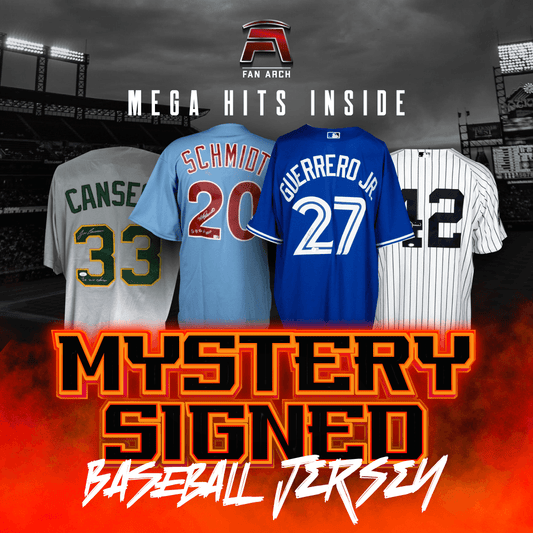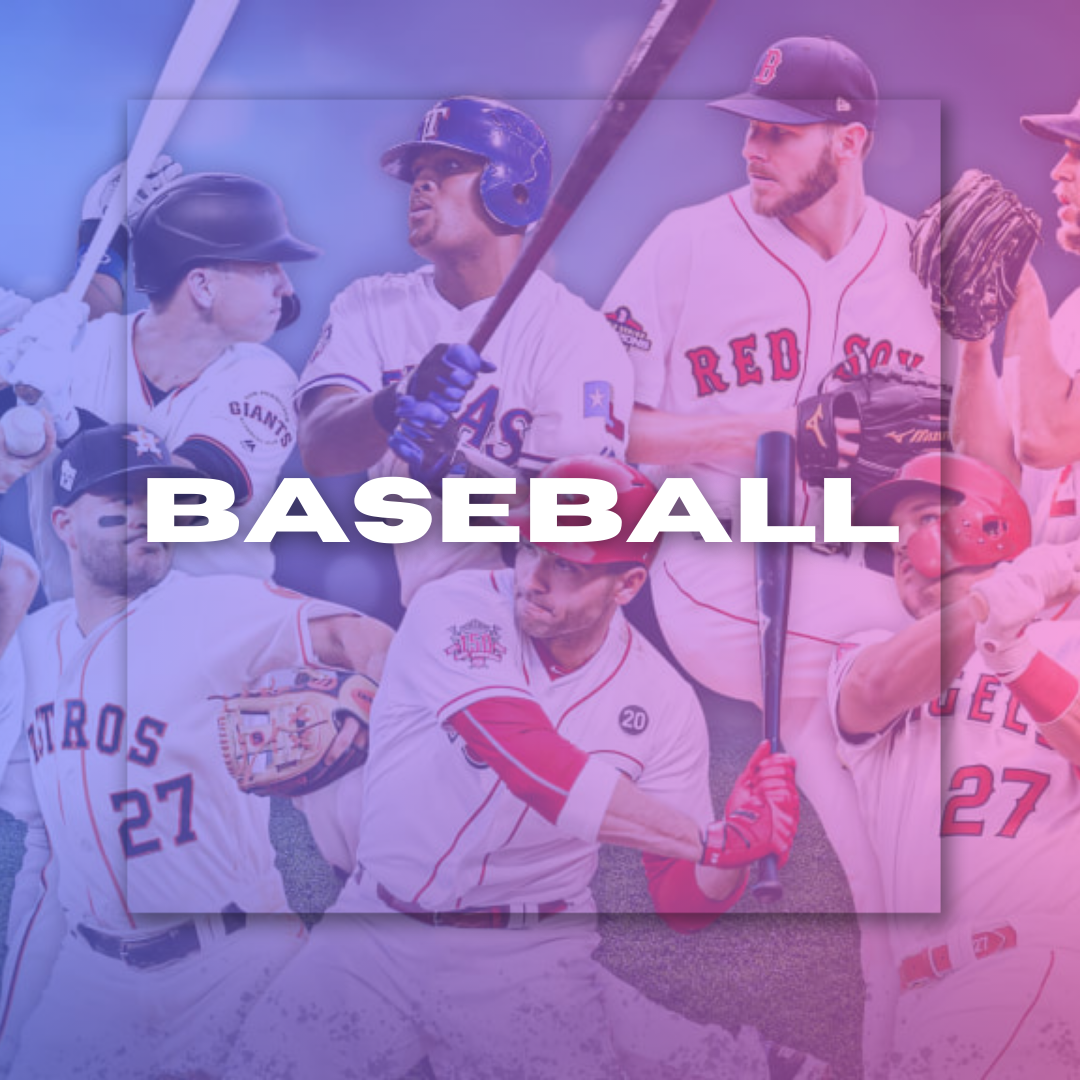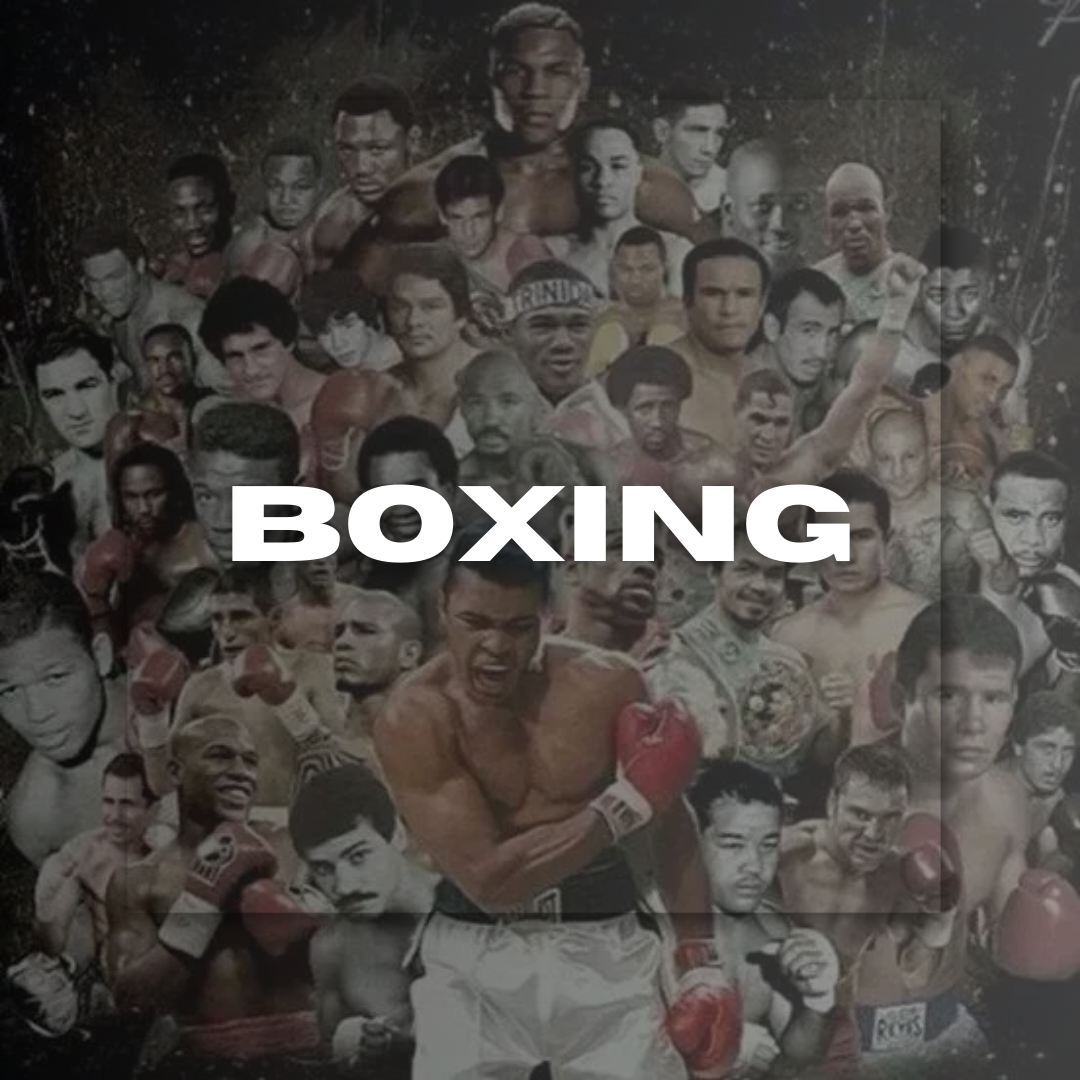
The 7th Inning Stretch: Origins and Evolution of Baseball's Beloved Tradition
The 7th Inning Stretch: Origins and Evolution of Baseball...
By Jason Bolton August 27, 2024 06:37
There perhaps is no tradition in baseball as cherished like hot dogs home runs, and the 7th inning stretch, quite to the same extent. The seventh-inning side hustle, part stretch, part revival, has become a central feature of the baseball experience. But what are the origins of this tradition, and how has it changed over time? Here, we explore the seventh-inning stretch, starting with its origins and importance to baseball culture.
The Beginning of the 7th Inning Stretch
There is no definitive history of the seventh-inning stretch, with various legends and stories claiming to be responsible for bringing this tradition into existence. Though it is difficult to say exactly when this tradition started, the story can be dated back to the 19th century.
One of the first recorded mentions of what sounds like a stretch at baseball occurred in 1869 when Cincinnati Red Stockings manager Harry Wright mentioned it in a letter. As Wright noted, "The spectators all arise between halves of the seventh inning, stretch their legs and arms, and frequently promenade. Thus, they escape the pain arising from their long attitudes on hard benches." This account matters because it implies that the practice of stretching through the seventh inning was at least by then engraved in custom, if not codified.
A second entry is Brother Jasper Brennan, the baseball coach at Manhattan College. As the story goes, it was a hot and sticky June day in 1882 when Brother Jasper noticed his kids getting kind of antsy up there in those bleachers. In the seventh inning, he iced it by calling a timeout and telling everyone to get up off their seats for relief. It was such a hit in its first pilot run that it soon became common at Manhattan College games and got the attention of New York Giants players when they saw for themselves during an exhibition game.
The most popular, though undoubtedly apocryphal, variation of an origin story even includes President William Howard Taft. Legend has it that during the April 14, 1910, opening day game in Washington, the rotund president stretched his legs after sitting too long on a wooden bleacher bench from the top of the seventh running down eighth. The audience stood up immediately in deference to the president, and a tradition was born. Although this story is cute, it's worth mentioning that the origin of the seventh-inning stretch is well-documented here in 1869, more than a century before Taft was president.
Meaning and Symbolism
No matter where it came from, the seventh-inning stretch has become part of baseball's DNA, a symbol that means so much more than just two minutes and 40 seconds away from play. It is a rare shared experience, a moment of collective osmosis among fans, and a brief interruption during the game in which everyone pauses together.
Over the years, ties between those playing and their sense of patriotism and community spirit have buoyed a time-honored tradition. This bond was further cemented during World War I when a May 1918 newspaper article revealed American soldiers enjoying the seventh inning stretch in England, much to the bafflement of local police. The report stated: "Hundreds of American spectators gave that old familiar rousing seventh inning stretch, and London policemen at the ballpark were startled to believe all hell had broken loose."
In 1919, missing out on the seventh-inning stretch was already seen as such a wrong that it had become considered bad manners within baseball etiquette. As a newspaper put it at the time, those who sat down were scolded: having your keester buried then "is almost as bad form to stay in your seat then as it is when the national anthem is being played, or the country's colors are passing in review."
Evolution and Variations
A lot of the basic concepts have remained constant in terms of action, but tradition-wise, lots have still changed. Easily the most important part of any seventh-inning stretch came along in the mid-1970s when legendary Chicago broadcaster Harry Caray inadvertently birthed a tradition within a tradition.
Caray, who was as colorful a character off the air as he sometimes was on it when working for Yankees owner George Steinbrenner in 1987 and '88, Caray sang "Take Me Out to the Ball Game" solo as well he did, during seventh-inning stretches at Wrigley Field would warble his way through that public domain song from the broadcast booth every seventh inning while calling games for the Chicago White Sox between 1971 and 1981. Caray did not have the slight idea that team owner Bill Veeck had secretly wired up a microphone to get Carays performance heard by fans. Fans in the stands ate it up, and before long, Caray started leading singing by the whole stadium of that same song on Comiskey Park every single game.
With Caray's arrival for the 1982 season as a broadcaster of the Chicago Cubs, he brought his singing tradition to Wrigley Field. It quickly expanded to other ballparks, and today, "Take Me Out to the Ball Game" is sung during what we all know as the seventh-inning stretch in almost every Major League Baseball stadium. The stretch has evolved from merely a break in the action to an interactive communal experience that enhances fan devotion and connection with the game.
Effects on the Game and Fans
Within the rhythm and flow of a baseball game today, the seventh inning stretch has come to fill several functions for fans as it creates a natural lull in the game that fans can use to get up and stretch after sitting for several hours. The physical break can help keep fans in their seats as a game goes into extra innings.
Additionally, the ritual generates excitement and expectation. The murmurs become more pronounced as the top of the seventh nears an end, and fans begin to stir, awaiting their opportunity to engage in this tradition. These mutual sentiments cultivate a community spirit in the audience, irrespective of team loyalty or background.
It also makes for an organic halftime break in the game's story; fans can take stock of what has happened so far and get ready to tune back in for the critical stretch-run innings. It's a time to reassess the game, chat with your neighbors, and prepare for possible late-game heroics or drama.
Also, a little more practical, the seventh-inning stretch is used for one last opportunity to hit the concession stands before finishing out your game. Following the seventh inning, several ballparks quit serving alcohol or other alcoholic beverages, so this is their final opportunity to get brews. It serves as a means of promoting some responsible drinking while also having inherent economic value to vendors and teams.
Add in "Take Me Out to the Ball Game," and it only reinforces how significant this tradition has impacted the fan experience. The communal singing generates a festive atmosphere, which allows fans and gives them an active role in their game day experience. Fans like that interaction, and it connects them emotionally to the game, which is why, after nearly 150 years, people still watch this sport.
What was once just a part of the game has since become beloved in much that is right with baseball as we know it today. Its origins could be argued, but its place in baseball culture cannot. In a part of baseball that forges common ground between old and young fans, the seventh inning stretch serves as tradition within the game itself and is an ode to unity. Whether you rise and stretch, sing "Take Me Out to the Ball Game," or partake in a team-specific tradition, the seventh-inning stretch is an ode to baseball and its unparalleled capacity for bringing people together and making memories that last lifetimes.
LATEST
- NEWS
- |
- ARTICLES
- |
- VIDEOS






















































































